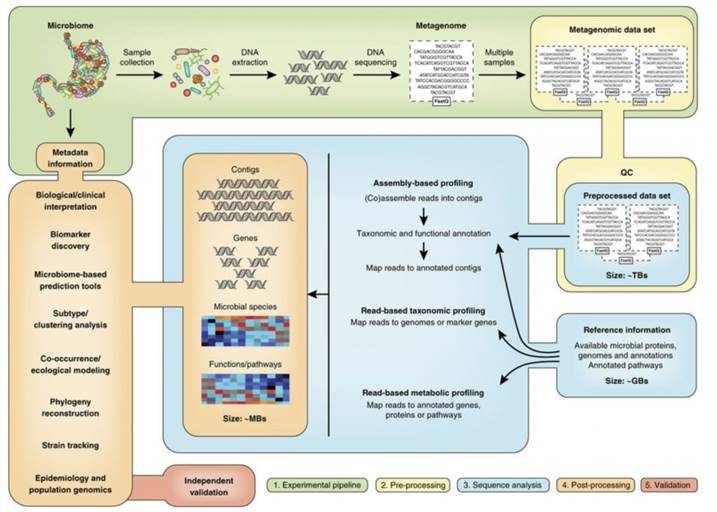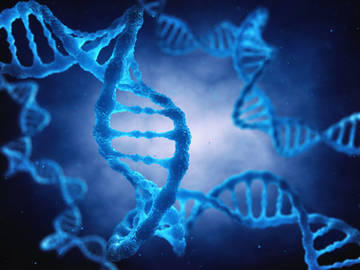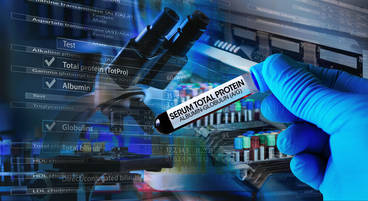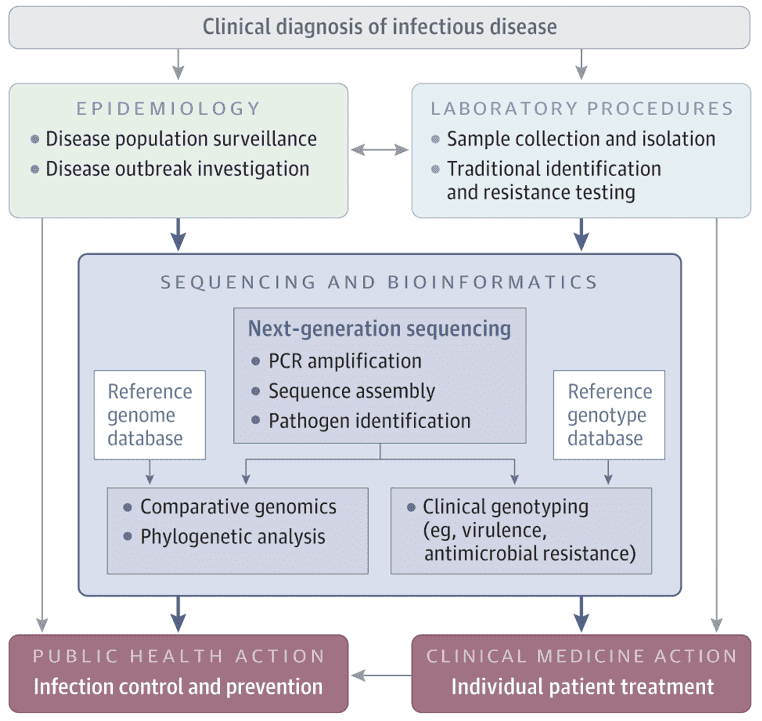
Navigation
- Home
- Services
- Microbial Diversity Analysis – 16S/18S/ITS Sequencing
- Metagenomics
- Microbial Whole Genome Sequencing
- Microbial Identification
- Microbial Characterization
- Microbial Functional Gene Analysis
- Microbial Epigenomics
- Antibiotic Resistance Genes (ARGs) Analysis Solution
- Microbial PacBio SMRT Sequencing
- Microbial Nanopore Sequencing
- Microbial Transcriptomics
- Microbial Bioinformatics
- Other
- Microbial Metabolomics Analysis Service
- Solutions
- Microecology and Human/Animal Health
- Environmental Microbiology Solutions
- Agricultural Microbiology Solutions
- Pharmaceutical Microbiology Solutions
- Industrial Microbiology Solutions
- Microecology and Cancer Research Solutions
- Microecology and Biofilms
- Pathogen Sequencing Solutions
- Environmental DNA (eDNA) Analysis Solution
- Products
- Resource
- Company
- Sample Submission Guidelines

 Figure 1. Overview of Metagenomic Analysis Workflow
Figure 1. Overview of Metagenomic Analysis Workflow Figure 2. Metagenomic data analysis workflow
Figure 2. Metagenomic data analysis workflow Figure 3. Target Enrichment Approaches for NGS. The underlying principles of the two prominent target enrichment technologies are depicted schematically.
Figure 3. Target Enrichment Approaches for NGS. The underlying principles of the two prominent target enrichment technologies are depicted schematically.






